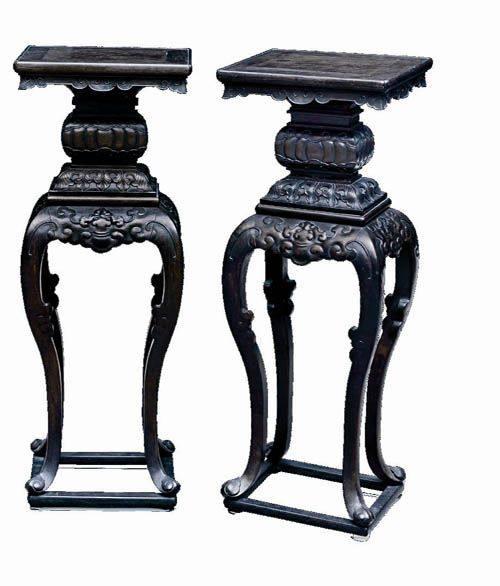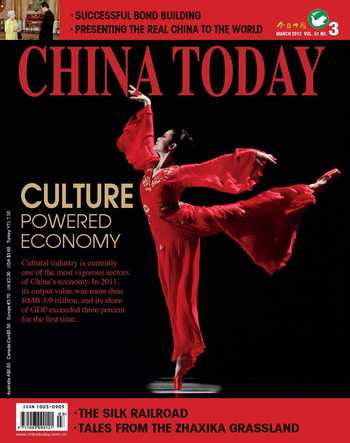Rare Red Wood Furnishing Opulence

Judging from last decembers china guardian 2011 classic ming and Qing dynasty Furniture Auction, red sandalwood furniture is clearly the collectors choice. The two lots in this rare, precious hardwood “imperial Table with dragon decoration” and “Throne with Passiflora and Longevity decoration” fetched a combined rmB 100 million (uS $15,830,000) – almost half of the total auction volume of rmB 230 million (uS $36,409,000).
The “Throne with Passiflora and Longevity decoration” took the highest bid of rmB 57.5 million (uS $9,102,250). This symbol of supreme imperial power, consequently the preserve of members of the royal family, combines european elegance with chinese splendor. Fashioned in the traditional chinese framework, the throne is in european Baroque style ornamented with classical passiflora carvings. it originally belonged to the residence of Qing dynasty (1644-1911) minister He Shen of the Qianlong reign that was later home to Prince gong. The throne was“confiscated” and taken overseas by a Japanese business councilor at the start of the 20th century.
The “imperial Table with dragon decoration,” which sold for rmB 55.2 million (uS$8,738,160), features ornate embellishments and imposing lines that signify the impregnability of a country destined for international eminence. The rarity of red sandalwood coupled with its peerless fretwork and relief carving workmanship render this Qing dynasty item almost priceless.
The “Pair of cabriole-leg incense Stands with Banana Leaf, cloud and Bat decoration of the Qianlong Period” in red sandalwood sold for rmB 12.65 million (uS $2,002,495). The stands are elegant in shape and perfectly proportioned with refined ornamentation.
They typify the exquisite standards of imperial furniture of the Qianlong reign.
red sandalwood, one of the rarest and hence most precious of hardwoods, mainly grows in the tropical malay Archipelago, although small quantities also grow in guangxi Zhuang Autonomous region and guangdong Province. Santalum album, or indian sandalwood, is acknowledged as the finest species. A main reason why this evergreen is so valuable is that it takes 300 years to reach a height of 30 feet.
red sandalwood became an accustomed feature of chinese imperial court furnishings in the ming dynasty (1368-1644) and was among the rare woods china traded with foreign countries. The chinese court would dispatch officials to Southeast Asia to purchase high-quality red sandalwood. The demand was such that by the end of the ming dynasty supplies in Southeast Asia were seriously depleted. much of the red sandalwood furniture in use during the Qing dynasty was inherited from the ming dynasty.
The imperial court during the Qing dynasty Qianlong reign spared no expense in acquiring this prized wood. Historical records show that the workshops office of the imperial Household department purchased around 290,000 kilograms of red sandalwood logs at that time. A large proportion of Qing dynasty furniture on exhibit at the Palace museum consists of red sandalwood pieces from the Qianlong reign.
As red sandalwood furniture items are scarce and difficult for auction companies to acquire they have, along with scented rosewood furniture, been in high demand among collectors frequenting classical chinese furniture auctions. rarity being synonymous with high value, its price has significantly risen. compared with ming dynasty red sandalwood furniture, the Qing royal style features more generous use of raw materials, grander shapes and ornate decoration such as inlay work, carvings and colored pictures, all of which display refined craftsmanship. Such pieces are hence the holy grail of high-end buyers of antique furniture.

